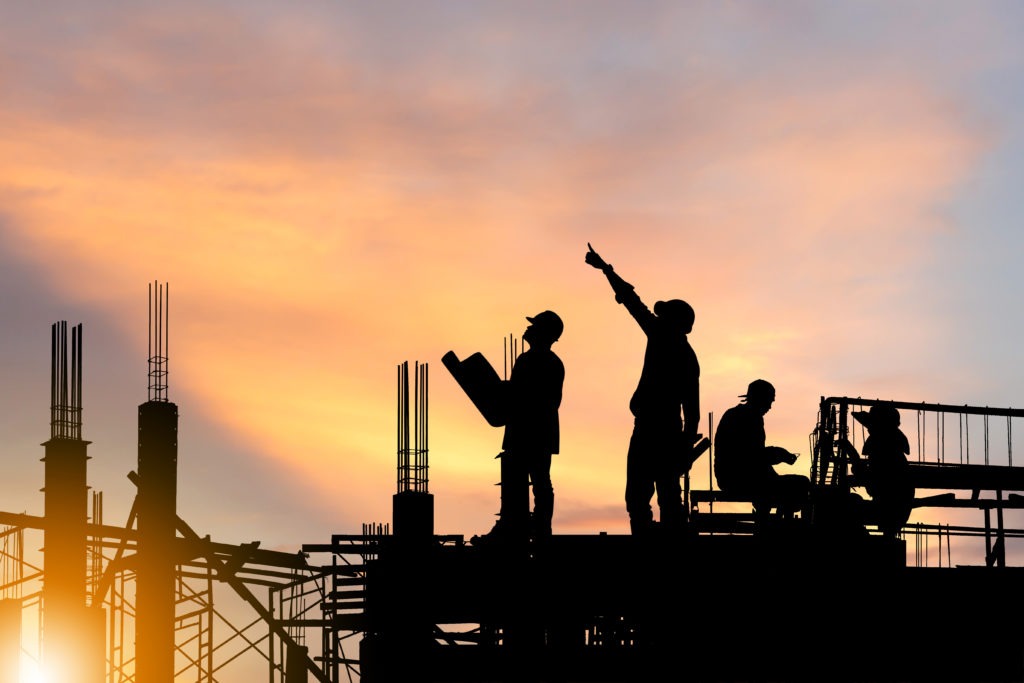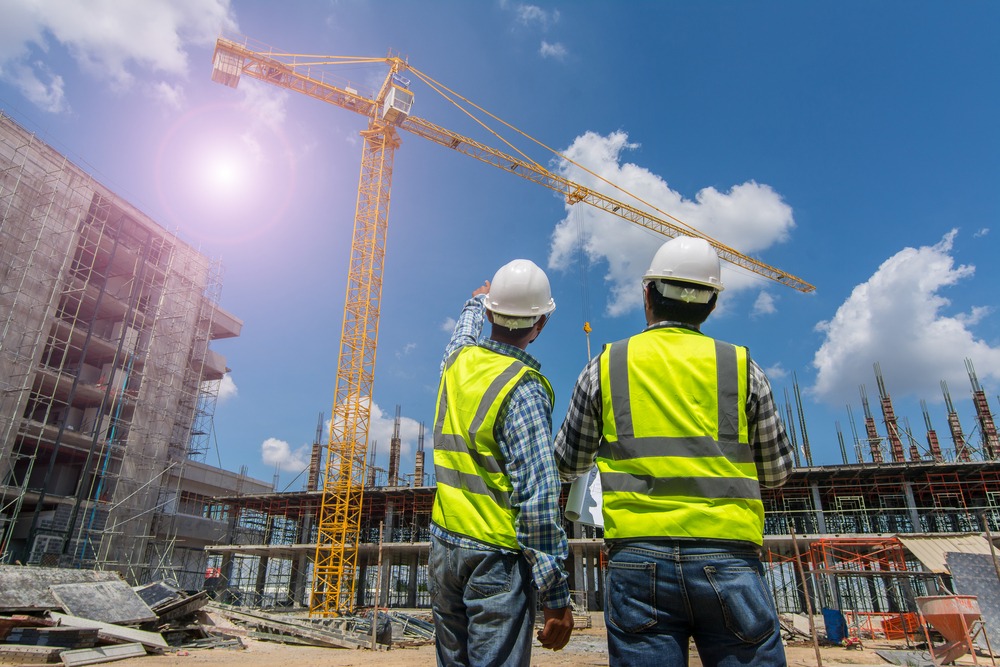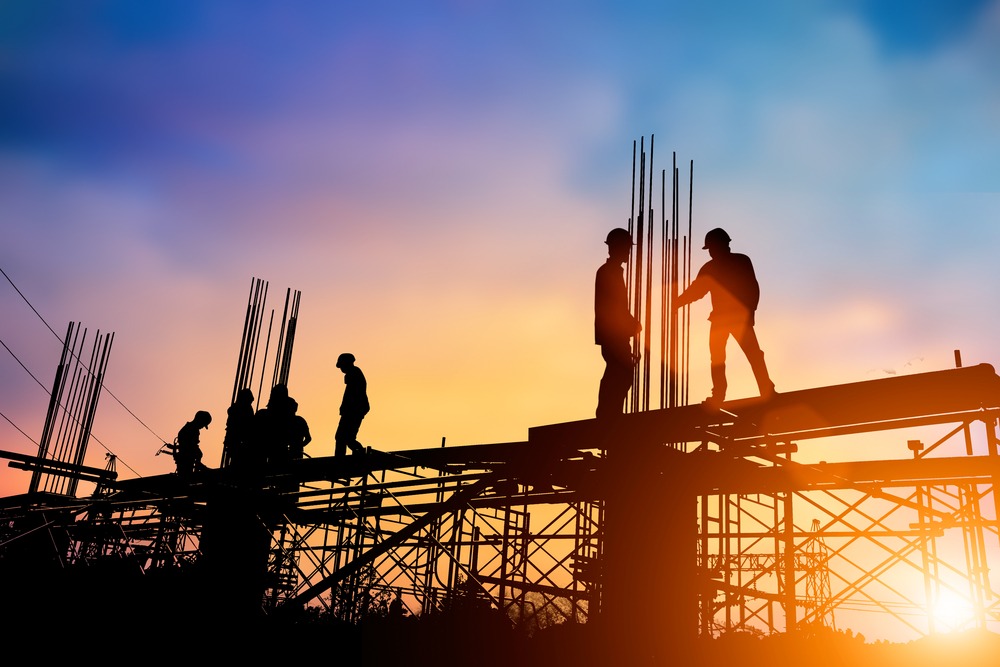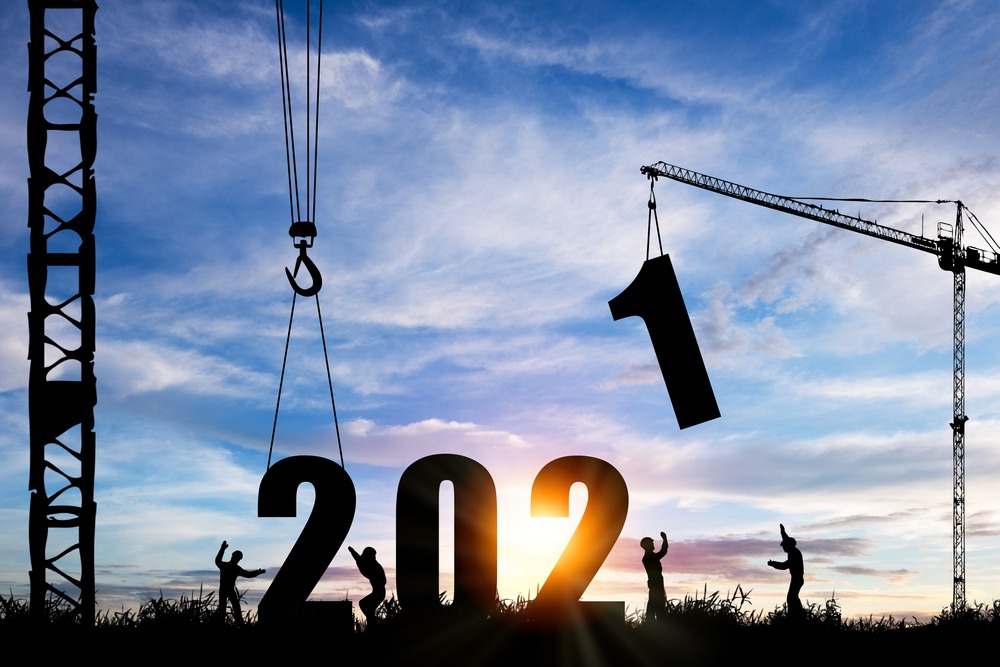Mumbai’s real estate market has witnessed peaks and valleys in the past year, thanks to the pandemic that has led to an apprehensive situation. Well, it is predicted uncertainties like the second wave of COVID-19, coupled with the rollback of the stamp duty cut, cyclone Tauktae and speculated third-wave might continue to challenge the momentum and growth trajectory of the Mumbai real estate market.
The volatile nature of residential markets coupled with the crippling effect of the second wave of COVID and the more recent Tauktae Cyclone has once again got realty developers and homebuyers pondering as to whether in the next three quarters there would be a slowdown for the Mumbai real estate market.

For the last two years, the Mumbai real estate market has been struggling to recover from back-to-back blows. Quarter 4 of 2020 had seen the Mumbai real estate market bounce back to normalcy backed by attractive incentives, stamp duty waiver and timely government stimulus. However, the recovery seems to be short lived as the city is again grappling a ferocious second wave of COVID-19. At this juncture, second-guessing the plight of the sector is challenging, especially when new mutations and variants of COVID-19 and the speculated third-wave are expected to be more deadly and contagious.
In September 2020, the Maharashtra government had reduced the stamp duty to revive the demand in the realty sector which was hit hard by the outbreak of COVID-19. Hence, the support extended by the Maharashtra government came out as a showstopper. The city witnessed record number of property registrations that were unseen even in the pre-COVID times. As the decision put the city’s real estate right back on track, the government decided against extending the waiver beyond March 31st 2020. However, this was done as nobody had foreseen a terrible second wave.
Cyclone Tauktae disrupts the functionality of the real estate sector
Amid the second wave of COVID-19, cyclone Tauktae has delivered another terrible blow to already suffering real estate sector in the city. The strong winds and heavy rains lashed the city and caused substantial damage to construction sites, destroyed thousands of homes and disrupted the electricity supply. Natural calamities like cyclones inflict a scar on communities and hence take time to recover. The ramification of natural calamities such as these go far beyond the physical damage they inflict on homes as they also affect the finances of people which lead to a drop in the sales of property buying.
In the past too, Mumbai has seen a seasonal standstill or slowdown in the housing market, especially when monsoons arrive. Homebuyers tend to postpone their house-buying decisions until the seasonal period is over. As of now, the real estate market has again come to a grinding halt as the city focuses on safety and recovery first.
For Example: Actor Ranbir Kapoor’s new home construction came to a standstill when lashing rains and wind led to the fall of an uprooted tree on the premises.
According to industry experts, natural calamities in the past have also led to a 3% to 5% drop in the home buying rate.
For Instance: The Kerala floods of 2018 had led to a steep drop in the home buying sales number. In the post-flood scenario, the resale estate market observed a trend where home buyers were not interested in buying sea-side properties as they were prone to higher risks. At that time, the pent-up demand for upland properties was noticed.
On the contrary, let’s hope one of the biggest real estate markets Mumbai does not witness an incessant drop in demand for a sea-facing property.

Migration of labour and hike in prices of raw material disrupts construction of ongoing projects
The second wave of COVID-19 has yet again halted the pace of construction in Mumbai due to a shortage of labour and hike in prices of steel and cement, just when the residential sector was recovering from the impact of the first wave. In a nutshell, real estate is a labour-intensive sector and the impact of the shortage of labour will be devastating if the labour does not return to work anytime soon.
The question remains- Is Mumbai’s real estate market running out of luck or is there a slowdown on the cards for the Mumbai real estate market?

The housing market in Maharashtra has always managed to bounce back in full force backed by fiscal stimulus, government incentives, low-interest rates and attractive payment plans. Moreover, realty developers are in full swing as they are ready with all the necessary measures and actionable solutions to combat any impending crisis. It is fair-minded to say that these crises won’t have any prolonged effect and the housing sector will be able to handle any transitory slow down just like past years.
Although, residential growth in 2021 will mainly depend on the swift-on ground implementation of waivers and policies like stamp duty cut, stress funds, stimulus packages, low-interest rates, etc. After all, the stamp duty reduction initiative by the Maharashtra government was a masterstroke that kept the sector going.
There is a sense of hope and optimism buoyed by realty developers and homebuyer’s trust in the government initiatives. There is hope for revival in the next three quarters, however, the pandemic is in full bloom and if a speculated deadly third wave persists or the aftermaths of the cyclone leads to bigger concerns for the city, it could prove devastating for the sector. As of now we can only wait and watch with bated breath as to what the future holds for the city.




